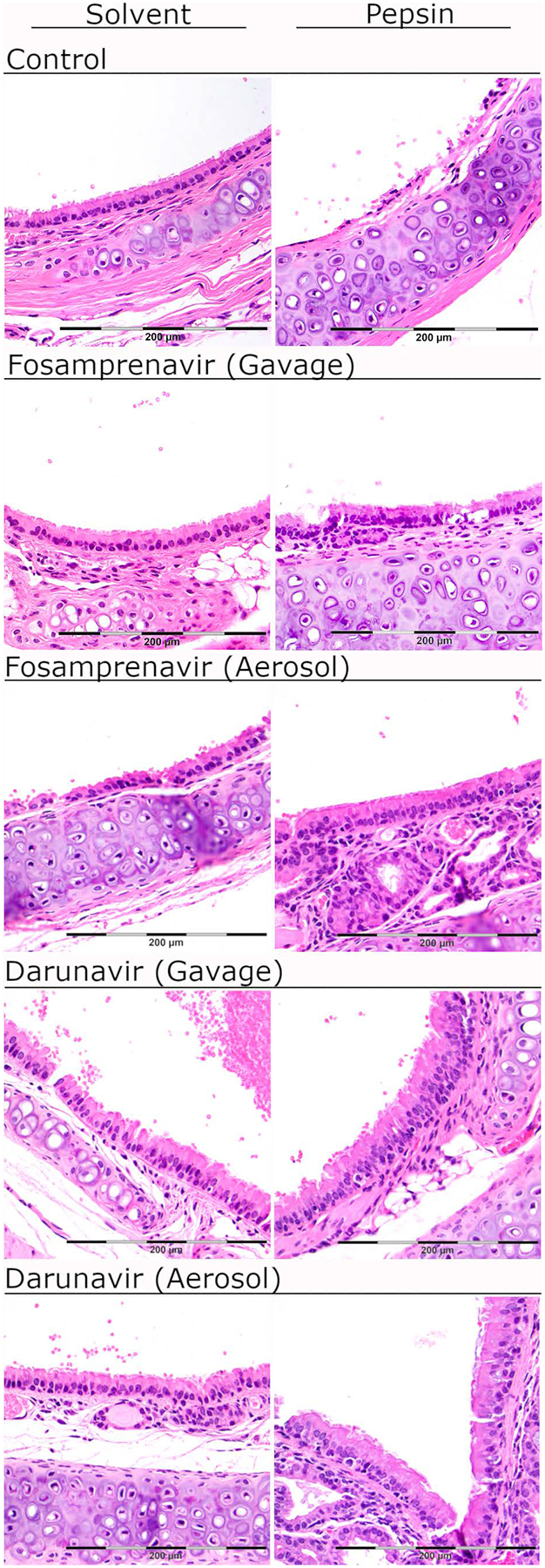Figure 5. Fosamprenavir gavage and aerosol and darunavir aerosol prevent pepsin-mediated laryngeal damage in vivo.

Representative specimens at 400x. Solvent control group laryngeal epithelium was characterized by a single layer of respiratory epithelium with no reactive changes. In mice treated with pepsin-pH7, the laryngeal epithelium exhibited reactive epithelial changes and apoptotic debris. Fosamprenavir gavage and aerosol protected against pepsin-mediated laryngeal damage as indicated by normal histology in mice receiving fosamprenavir gavage or aerosol with saline (solvent), or fosamprenavir gavage or aerosol with pepsin-pH7. Darunavir gavage elicited mild reactivity (rare intraepithelial lymphocytes) in the saline treatment group; the darunavir gavage group with pepsin-pH7 appeared similar. Darunavir aerosol provided mild protection against pepsin-mediated damage. Epithelial injury was still present (mildly increased intraepithelial inflammatory cells and reactive epithelial cells), however no apoptosis was observed. Scale bar=200um.
